All about aflatun bow
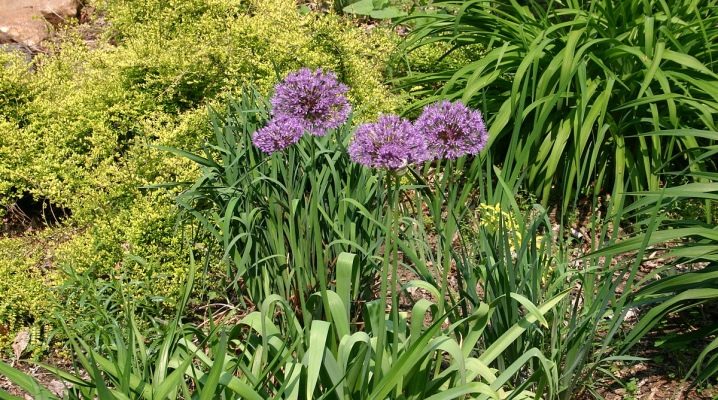
Aflatun onions can be found in flower beds and summer cottages. A similar plant stands out with very bright and elegant balls of a purple hue. In our country, this culture originally appeared as a decorative one and today it is grown very actively for a variety of purposes. In this article, we will learn all the most interesting about the Aflatun onion.
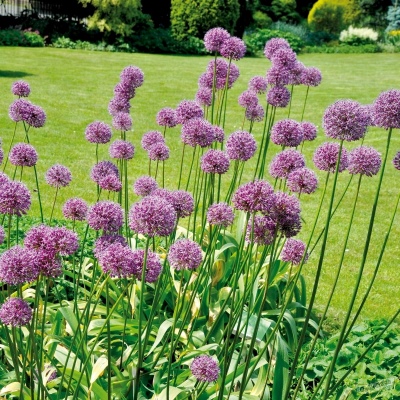
general description
Aflatun onion is a perennial herb. Belongs to the onion family. It got its specific name from the name of the Aflatunsky pass, which is located in Kyrgyzstan.
The culture itself, which stands out for its interesting purple flowers, is one of the most unpretentious. This original bow is winter hardy. In one area, it can easily grow for about 5 years. At the same time, it is not at all necessary to feed it with various fertilizers and nutrient mixtures.
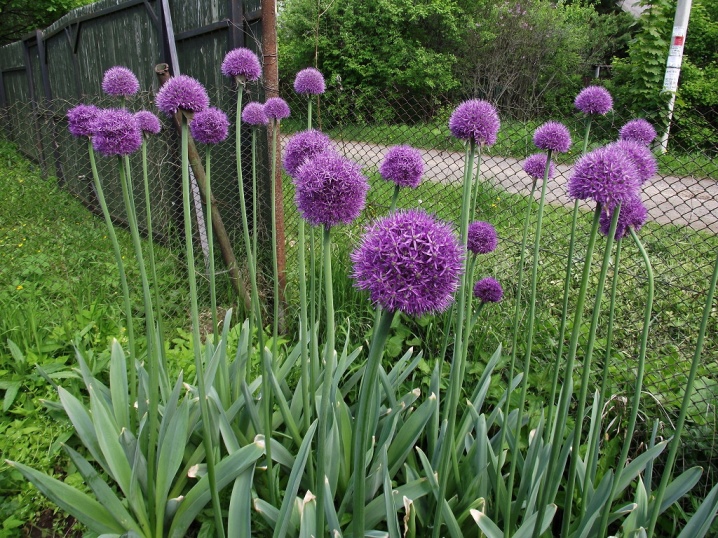
But the Aflatun onion has one serious drawback, which is the shortened growing season. The wilting of the leaf blades is in full swing while the plant is still in bloom (May-June). In this case, complete drying occurs already in the last days of July. That is why experienced flower growers try to plant this curious ornamental plant not in the foreground, but somewhere in the center of the flower bed. Often, Aflatun onions, which effectively bloom with balls, are completely placed in the back rows.
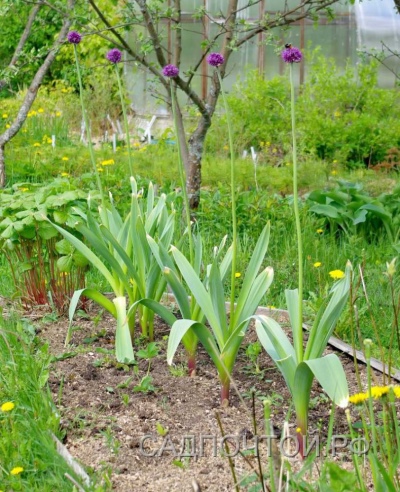
The considered decorative culture turns out to be very harmonious in group plantings. It can be planted on high curbs in the garden, as well as in special mixborders. A beautiful bow feels great, side by side with peonies, poppies, milkweed, irises and even luxurious roses. The plant is good in cutting: able to maintain an attractive appearance for a long time, can stand in water for several weeks. The Aflatun bow looks especially elegant in large vases.
Umbrellas that have already faded, together with unripe fruits, are often used to decorate original winter bouquets.

It is also worth highlighting the main characteristics of the unusual Aflatun bow.
- Bulb this ornamental plant has a rounded-conical structure, consists of 2-3 lobules. These parts are covered with special silvery scales. The size is usually about 6 cm.
- Foliage this onion is basal, has a belt-like structure, in length it can reach the mark of 50 cm.As a rule, about 7 leaves develop on one plant.
- Peduncle Aflatun onion in height can reach from 80 to 150 cm. The inner part of these components is hollow, but the flower stalks still differ in strength. They do not break from gusts of wind.
- Boxes with seeds are formed closer to the end of flowering onions.
- Culture is not afraid not only of frost, but also of drought.
- In small quantities, elegant onions can be eaten... By its taste characteristics, it is similar to garlic, demonstrates a slightly pungent aftertaste.
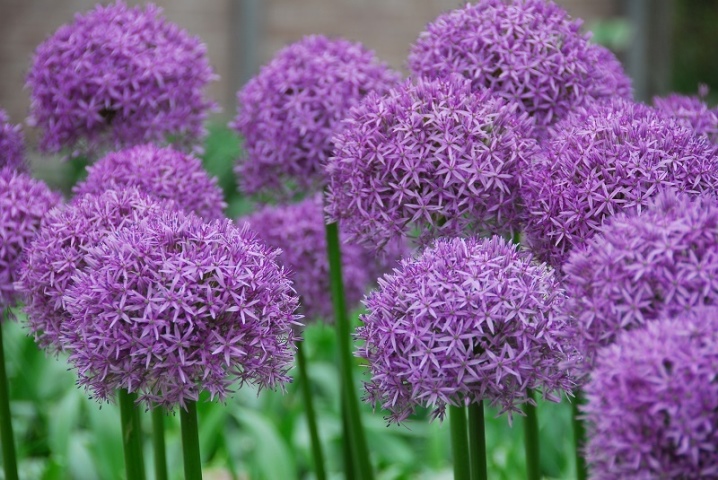
Popular species and varieties
Currently, there are more than 400 varieties and species of the considered ornamental plant. They differ in many different characteristics and properties. If we classify such crops in terms of their application in landscape design, then it is worth dividing them according to the height parameter.
- Low... Such varieties of ornamental onions can only grow up to 10-30 cm.These include the popular varieties "Karatovsky", "Gorolyubivy", "Bear" and so on.
- Average... Medium-sized types of ornamental plants grow up to 60 cm, but most often they stop growth by 40 cm. These varieties include "Christoph", "Schubert".
- Tall... They look very impressive and bright. They can easily reach a height of half a meter. The most common plants in this category are the Aflatun onion and the giant onion.
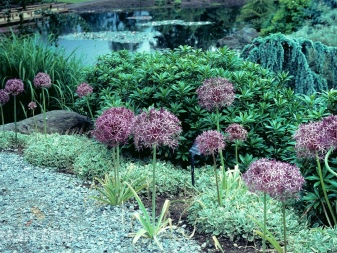
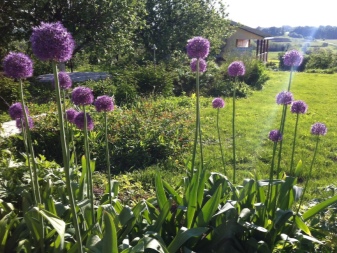
Currently, many interesting hybrids have been bred.
- "Gladiator"... This name belongs to the hybrid of Aflatun and McLean onion. These plants form lighter balls. They can be light purple or pale pink. The height of their arrows rarely exceeds 140 cm.
- Lucy ball... In this hybrid plant, the arrows reach no more than 1 m, beautiful inflorescences of a delicate lavender shade are formed.
- Mars... The result of crossing Aflatun and stalk onions. It has very large inflorescences. Their diameter can easily reach 15 cm. The height of the peduncles can reach up to 120 cm. This is the only hybrid whose leaf plates retain their color for a long time.


Landing
You will not be able to enjoy the beauty of the decorative Aflatun onion if you just plant it and then forget it. Before planting such a plant, it is very important to decide on the optimal planting material. Both seeds and bulbs can be used. It is advisable to sow seeds in cold but moist soil in the spring season. First, the seedlings must be kept in the refrigerator by placing them in a damp material and a bag. The seeds should lie on the bottom shelf for at least a month. It is allowed to sow the prepared materials in the fall (before winter), but at the same time it is worth waiting until the soil has time to cool down by about 5-10 degrees.
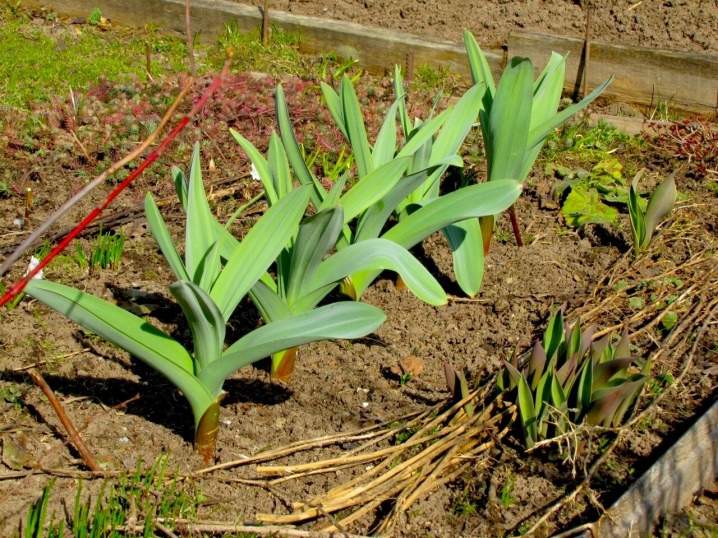
It is necessary to properly prepare the soil for planting. The soil should be sufficiently loosened, but not loamy, enriched with humus. The ideal option would be black soil or chestnut type of soil.
Before planting, the soil will need to be well dug up. A high-quality fit can be achieved through a two-level digging. Thanks to this, the quality of drainage increases, structuring of wetlands and heavy land types occurs.
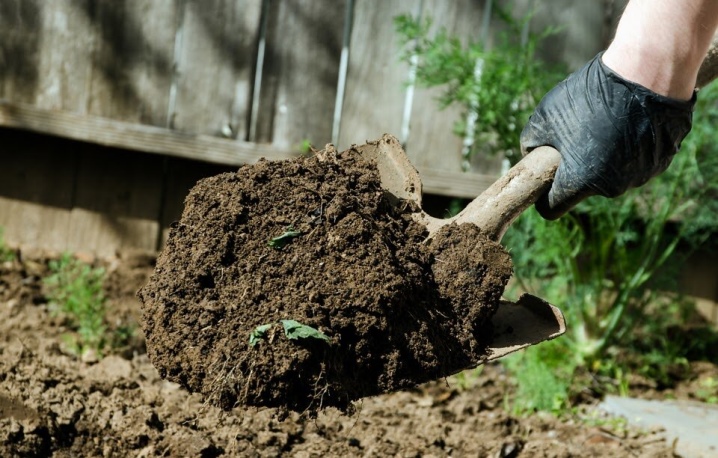
For planting an elegant Aflatun onion, it is advisable to choose well-lit areas on the site, since the plant in question does not grow well in the shade... Seeds should be planted to a depth of 1.5–2 cm. Before planting, the furrows should be watered if the soil is too dry. You can do mass landings - 50 pieces per 1 square meter.
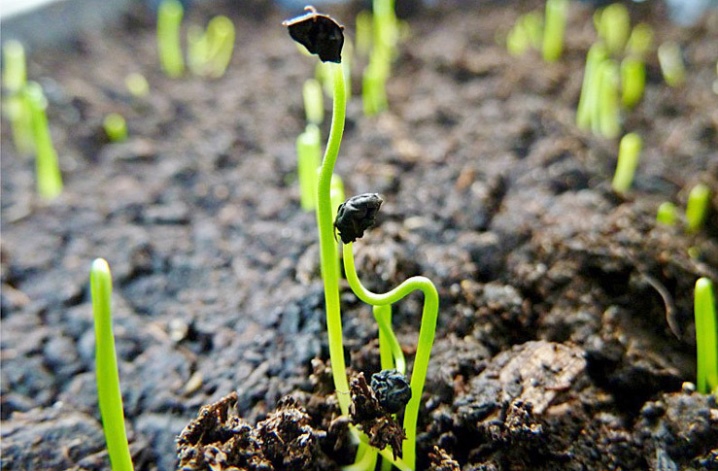
The embedment depth should be no more than 15 cm.
It is necessary to leave free spaces of 15 to 20 cm between the plants. As soon as the first shoots break through, the culture will need to be watered regularly.
Care
The cultivation of a beautiful Aflatun onion presupposes not only proper planting, but also further proper care. You cannot neglect the care procedures for this plant..
Watering
Like any other ornamental crop, Aflatun onions need proper watering. This simple procedure is required on a regular basis. This is especially true when there is no precipitation for a long time.
Evaporation of liquid in temperate latitudes can reach 5 liters per square meter, therefore an adequate rate of water consumption during the growing season will be at least 10 liters per meter.
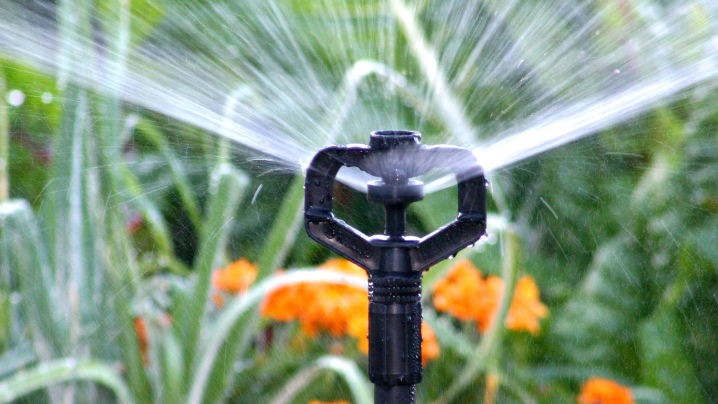
It is recommended to water the plants in question in the evening.
Top dressing
Ornamental herbaceous plants require a number of nutrients. It is possible to satisfy such needs by adding suitable dressings. The most significant in such compositions is the predominance of phosphorus, potassium, nitrogen, magnesium and calcium. To actively increase the green mass of a plant, it is necessary to feed it with nitrogen fertilizers. Ammonium nitrate is great.... It (a matchbox is enough) can simply be dissolved in 10 liters of water. Ornamental onions are fertilized with urea at the rate of a teaspoon per 1 square meter of sowing area.

As soon as the ornamental onion begins to throw out the first arrows, the gardener will need to support it with suitable potassium phosphate fertilizers. Thanks to them, the flowers will not crumble.
Tips & Tricks
Aflatun onion attracts gardeners with its harmonious and bright appearance, which effectively decorates the landscape design. If you plan to plant such an interesting plant on the site, you should arm yourself with a number of useful tips and tricks.
- The plant can be planted with bulbs or seeds, but experienced gardeners recommend using the first method.... This is due to the fact that the culture begins to bloom only in the third, fourth, or even sixth year. Seeds appear only at this moment.
- In order for an ornamental herbaceous culture to actively grow and develop, it is required to regularly remove all weeds. It is imperative to loosen the soil, especially after the watering procedure. This will provide the bulbs with access to air.
- So that the ornamental plant grows as tall and elegant as possible, demonstrated the beauty of flowers, it is advisable to replant the bulbs at least once within 4 years.
- If a beautiful plant was grown on decorative alpine hills, then after flowering, the gardener must immediately remove all wilted flowers. This will prevent bolls from forming. As early as the next season, the inflorescences will be able to grow much larger, will demonstrate long-term flowering.
- It is recommended to always keep under control the condition of the ornamental onions planted in the local area or in the garden. Only through constant monitoring will the gardener be able to notice in a timely manner that the plant is suffering from a particular disease. An ailment discovered in time can be easily cured.
- If a store dressing is used to care for Aflatun onions, it should be added strictly in accordance with the instructions.... The latter is usually indicated on the branded packaging. It is not worth resorting to experiments with fertilizers, as this can cause very serious harm to grassy plantings.
- If it is planned to grow beautiful Aflatun onions from seeds, then it is recommended to buy them only in specialized garden stores.... Pre-quality seedlings will definitely need to be hardened in the refrigerator. Moreover, the temperature at which this process takes place should be about 5-7 degrees Celsius.
- Inoculum stratification can also be carried out in vivo. To do this, seedlings will need to be planted directly in open ground in the last days of October. The cold weather that will come along with the winter season will be able to fully effectively harden each of the seeds of the decorative Aflatun onion.
- Watering the considered onion turns out to be especially necessary, when it comes to the growing season, as well as excessively dry days.
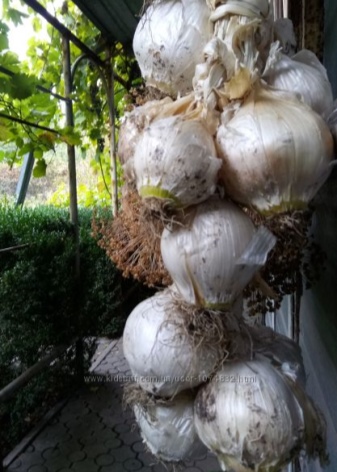
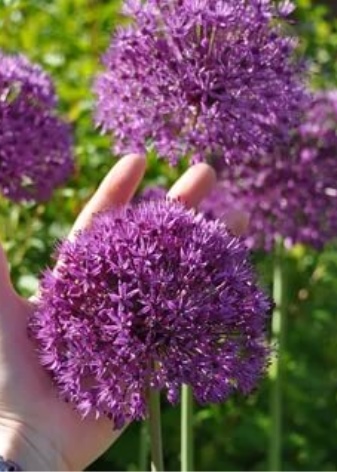













The comment was sent successfully.